
- A+
- A
- A-
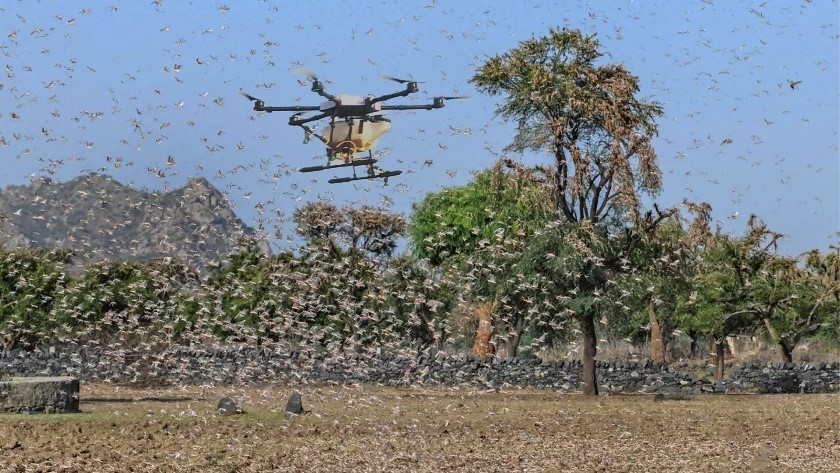
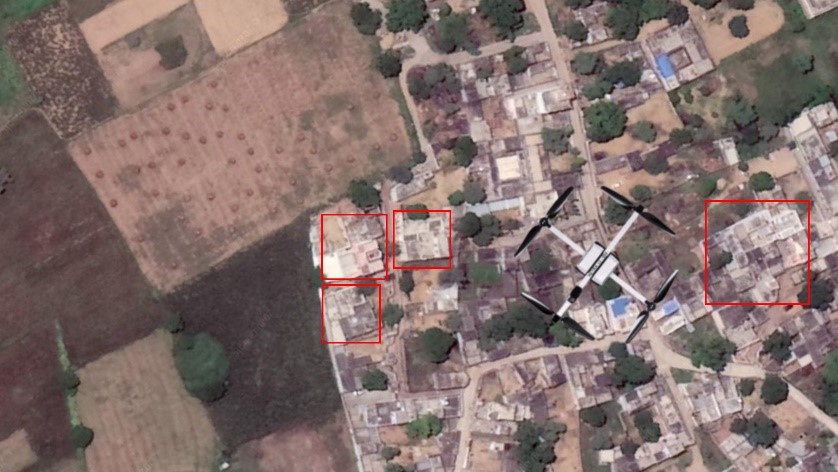
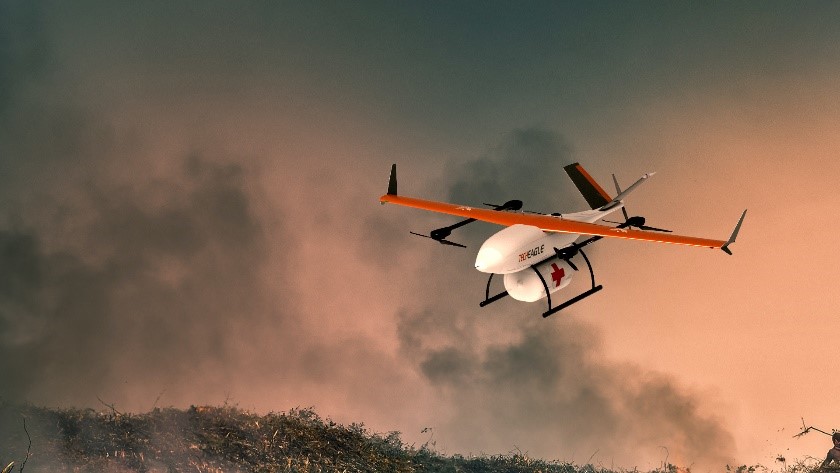
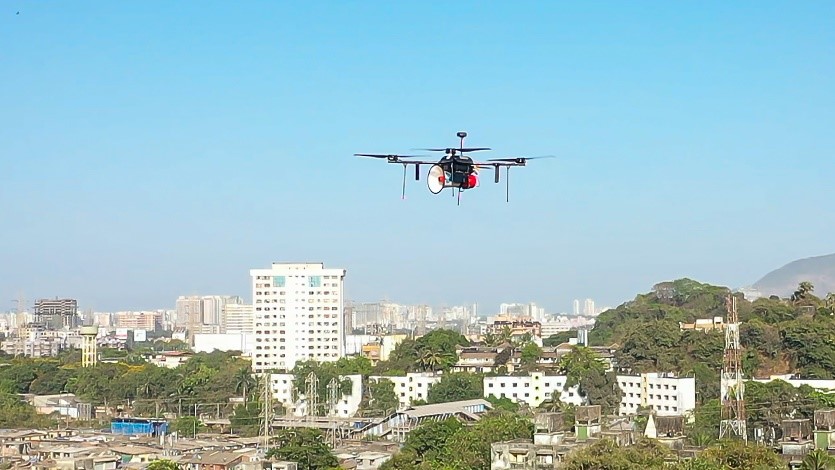
Various types of drones, from locust control to land surveying, disaster response, and public announcements
Image credit: Smit Shah
From faster goods deliveries to the digital mapping of properties, real-time surveillance, and flying taxis, drones can revolutionise the way the world functions. Showcasing this potential, India organised its first national-level festival on drones this year, the Bharat Drone Mahotsav or Drone Festival of India—“India’s largest drone conference!”. The two-day event held on 27th and 28th May at Pragati Maidan, New Delhi, was filled with stunning moments of live open-air demonstrations on a variety of drones or unmanned autonomous vehicles (UAVs)—nearly all of which were ‘Made in India’—product launches of some pioneering technology, and a drone expo. It also hosted lectures and panel discussions focused on Drone Rules 2021, the drone airspace map, PLI scheme, Drone Traffic Management Policy, and Drone Import Policy.
Hon’ble Prime Minister Narendra Modi inaugurated the forum, interacted with Kisan drone pilots and startups, and handed out 150 remote flying certificates. He even flew a drone himself! In his address to the crowd, he highlighted how drones are a smart tool that will become part and parcel of people’s lives, rising in use in agriculture, healthcare, sports, defence, disaster management, traffic control, and more. His speech highlighted that drones will especially impact those areas where speed is of the essence (delivery of healthcare products and services being an example). He said that “drone technology is another medium of advancing our commitment to good governance and ease of living.”
The festival comes merely ten months after the Central Government finalised the Liberalised Drone Rules 2021. These rules were created with the aim to essentially open up the airspace to the people. The rules do away with extensive paperwork and permissions and expand the potential flying zones for drones. The new rules also make it much simpler to become a licensed pilot, allow increased investment in drone tech from both domestic and foreign bodies, allow small drones to be flown across short distances permission-free, and cover much larger UAVs than before, including drone taxis.
Keeping up with the times, these rules have truly opened doors to the realisation of India’s potential to become a global drone hub by 2030. For after all, as union aviation minister Jyotiraditya Scindia said at the event, “Today, there are 270 drone startups in India.” And more are being built. These innovators are keen on solving some of India’s biggest problems, things that have remained challenges for decades but might now finally have solutions with drone technology applications.
Making reference to perhaps one of the most awe-inspiring of drone innovations, the flying taxi for the common man, Scindia said earlier in 2021, "I believe this is very much possible." The Bharat Drone Mahotsav 2022—through its expos and in-depth discussions on drone manufacturing, insurance in the drone sector, testing and certification, commercial applications, drones in agriculture, and drone data processing—is a celebration of these incredible application possibilities, and more that we have yet to imagine in the burgeoning drone industry.
In an indirect way, the festival also is a celebration of India’s acceptance of the power of drones and the additional government policies that reflect that. For instance, the production-linked incentive (PLI) scheme announced for aviation provides the drone industry a total incentive of ₹120 crores over three years to promote the growth of the drone manufacturing sector in India.
Smit Shah, President, Drone Federation of India, explained other government incentives in an interview for this issue: “If you are doing a business of ₹100 crores and ₹25 crores is your raw material, meaning the remaining ₹75 crores is either your profit margin, cost of labour, salaries, processing costs, etc., the government has proposed a 20% cashback on these ₹75 crores of value creation. If you compare this with other industries such as automobile or electronics, the requirement is minimum investment, minimum job creation, and minimum revenue. For a drone manufacturing company, the eligibility is just ₹2 crores of revenue and for a drone components company, it is ₹50 lakhs of revenue just to ensure that the company trying to avail the incentive is serious about doing business.”
These incentives are key to promoting drone manufacturing in India. At present, since the drone manufacturing ecosystems in several other countries is more developed than that of India, sometimes, people simply import finished products to sell in India. There is no local value addition or job creation. In conversation with us, Smit Shah further explains, “To boost domestic manufacturing of drones in India, the government has introduced a drone import restriction policy, which calls for a complete ban on the import of drones as a completely built unit or a semi-built unit, or any form of built product. One can import parts, or a foreign company can bring their products.”
Smit Shah was a key presence at the Bharat Drone Mahotsav, which brought together over 1600 delegates that included government officials, foreign diplomats, armed forces, central armed police forces, public sector undertakings, private companies, and drone start-ups. More than 70 exhibitors showcased various drone use cases. At the event, India witnessed a snapshot of its potential in the drone technology space.
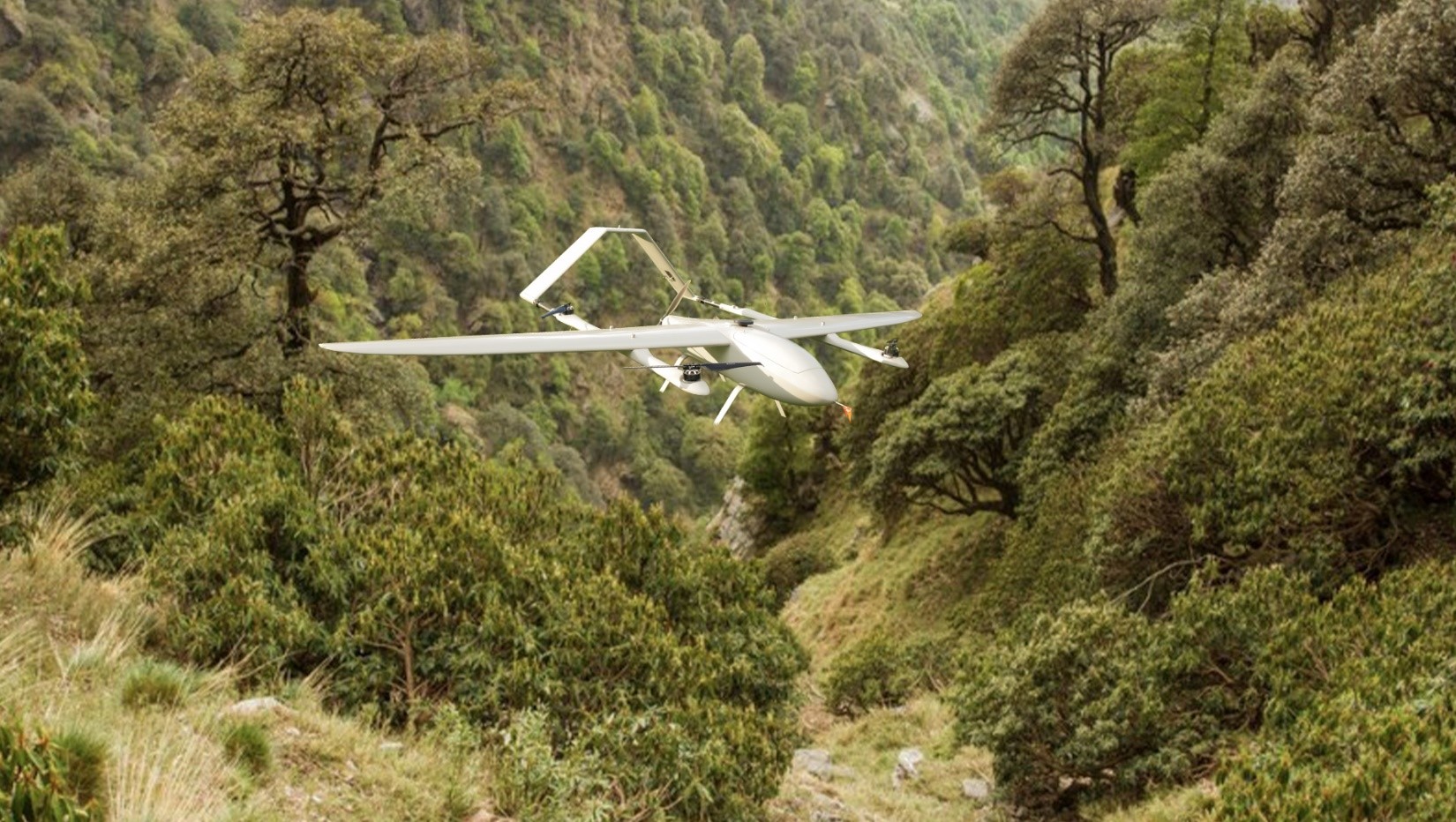
A wildlife conservation drone on duty.
Image credit: Smit Shah




